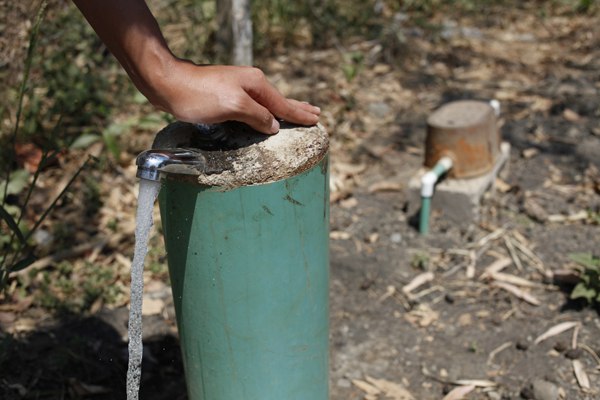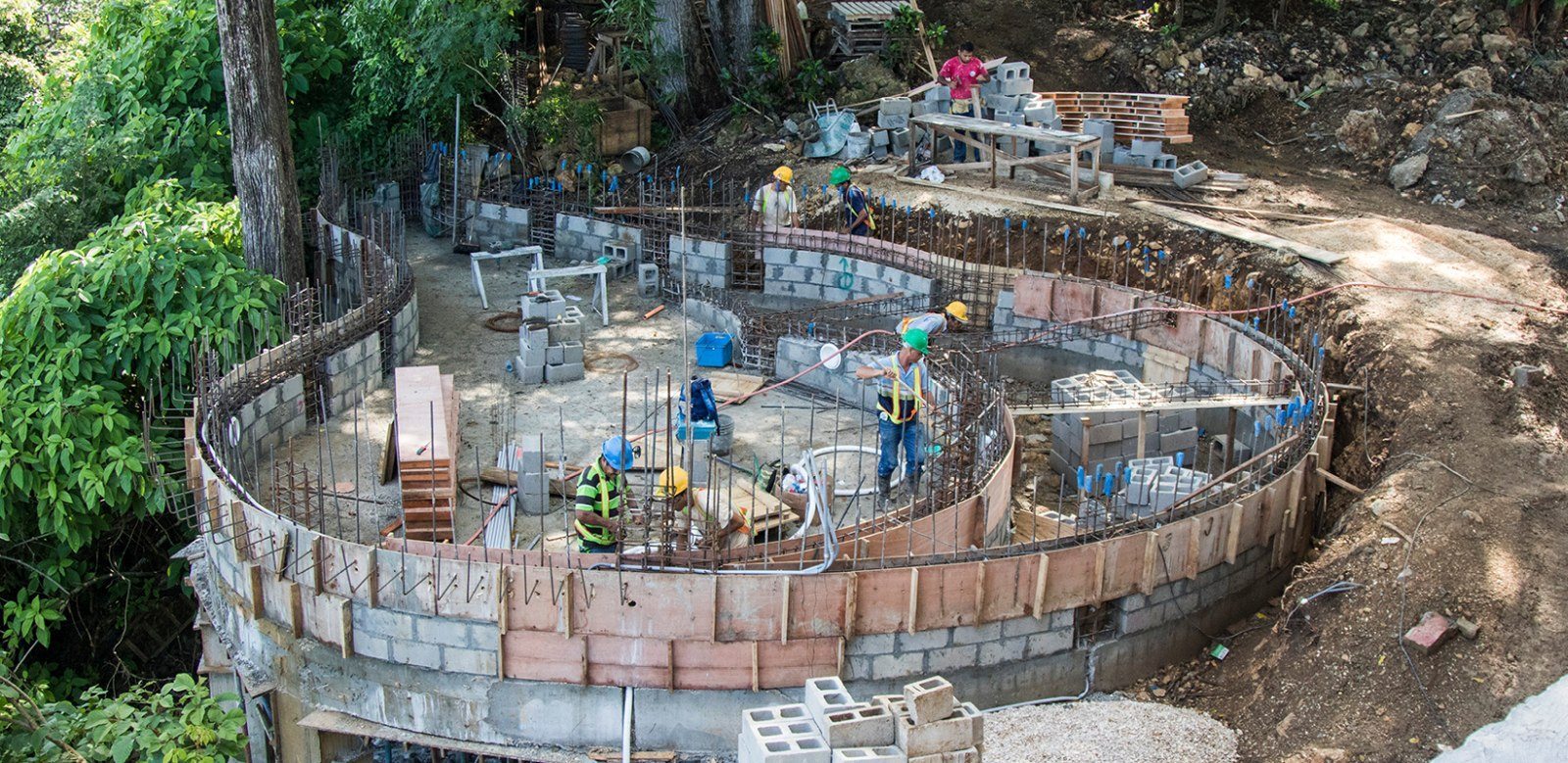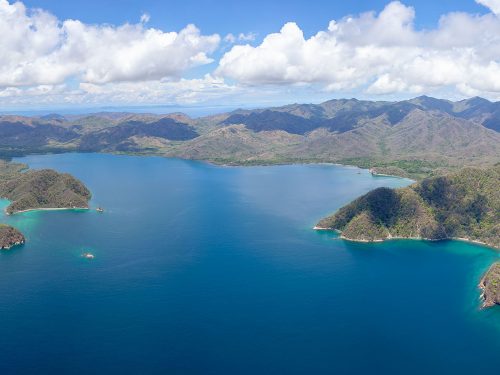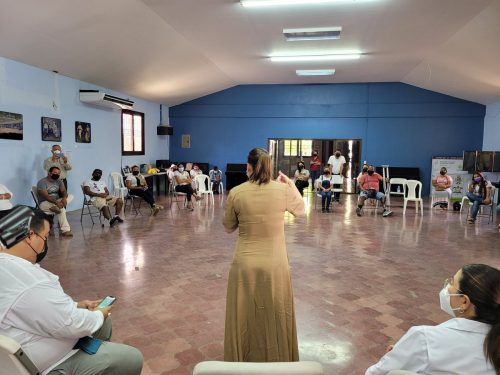
On February 20, the Playas de Nosara ASADA water board, often referred to as the “American Project” ASADA, held a meeting assembly to let members know how things stand financially and resolved to send two new rate change requests to ARESEP, the Regulatory Authority for Public Services (Autoridad Reguladora de los Servicios Públicos).
The ASADA provides water to about 550 meters in Guiones, Pelada and surrounding areas. However, only 16 people attended the meeting in addition to 6 members of the board. Peter Burke, vice president of the board, ran the meeting and categorized the ASADA’s financial state as “a disaster.”
The financial report revealed that the expenses during 2012 were 165,918,434.21 colones (about $331,836), including depreciation of assets, whereas regular income with the current water rate is 45,407,698 colones ($90,815). However, the ASADA gets a boost from impact fees and the additional voluntary fees that about 80% of water users are paying. This gave the ASADA an additional 97,546,670 colones ($195,093) of income during the year.
Overall, not including depreciation expenses, the ASADA reported a cash loss of about $6000 for the year, leaving them with about 46 million colones ($92,000) in the bank. Facing an overall loss, the ASADA assured that if they have more than one major expense, such as if one of the 14 pumps or one of the nine wells fails, that would completely drain the account.
The ASADA board has been working to get the electrical bills reduced. Last year they achieved getting the rates for all but one of the pumps lowered to the lowest rate. They are now trying to get ICE, the electric company, to exempt them from the 13% tax on the electric bill, which would lower the bill by about $1000 in dry season, when the bills are as high as $9000 per month. They have also cut staff positions to reduce expenses.
On a positive note, Burke reported that an engineering study being conducted of the ASADA’s infrastructure and capacity estimated that at a projected rate of 3% growth the ASADA’s pumps have sufficient capacity for the next five years and the tanks have enough capacity for 10 years, although growth of more than 3% would reduce that timeframe. The study has been conducted during the past six months by Engineer Freddy Humberto Zuñiga and should be completed this month.
The ASADA Board is awaiting the results of the study in order to determine how much of a rate increase would be necessary to cover operating expenses, and approved motions to rescind previous letters to AyA requesting a return to the previous special rates that were in effect prior to 2009 and instead submit two new requests to increase the water rate to whatever amount is suggested by the study and to set the impact fee at $10 per square meter (about $1 per square foot) of the interior of the construction as well as an impact fee for pools based on water capacity.
In addition, Burke said that, as required by law, the ASADA installed a public drinking fountain two months ago in the neighborhood around Olga’s Bar in Playa Pelada, where pipes donated by AyA (Aqueducts and Sewers) were recently installed to make it possible to connect 36 families who live in the area within the Ostional Wildlife Refuge to the ASADA’s water system.
While families in the neighborhood are trying to raise enough money to pay the required fees for water hookups, the ASADA has sent a letter to AyA to express concerns about the septic systems in the area and consult the government organization about legal requirements such as a registered plan for the land, which many of the families may not have.







Comments